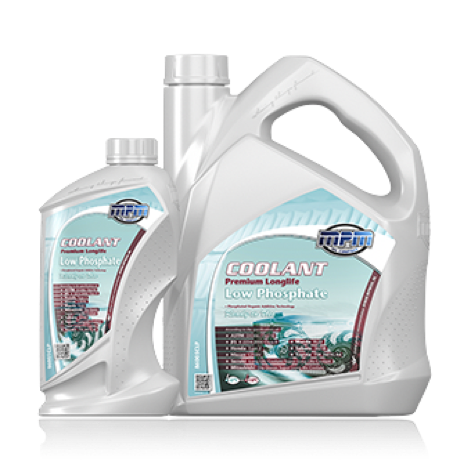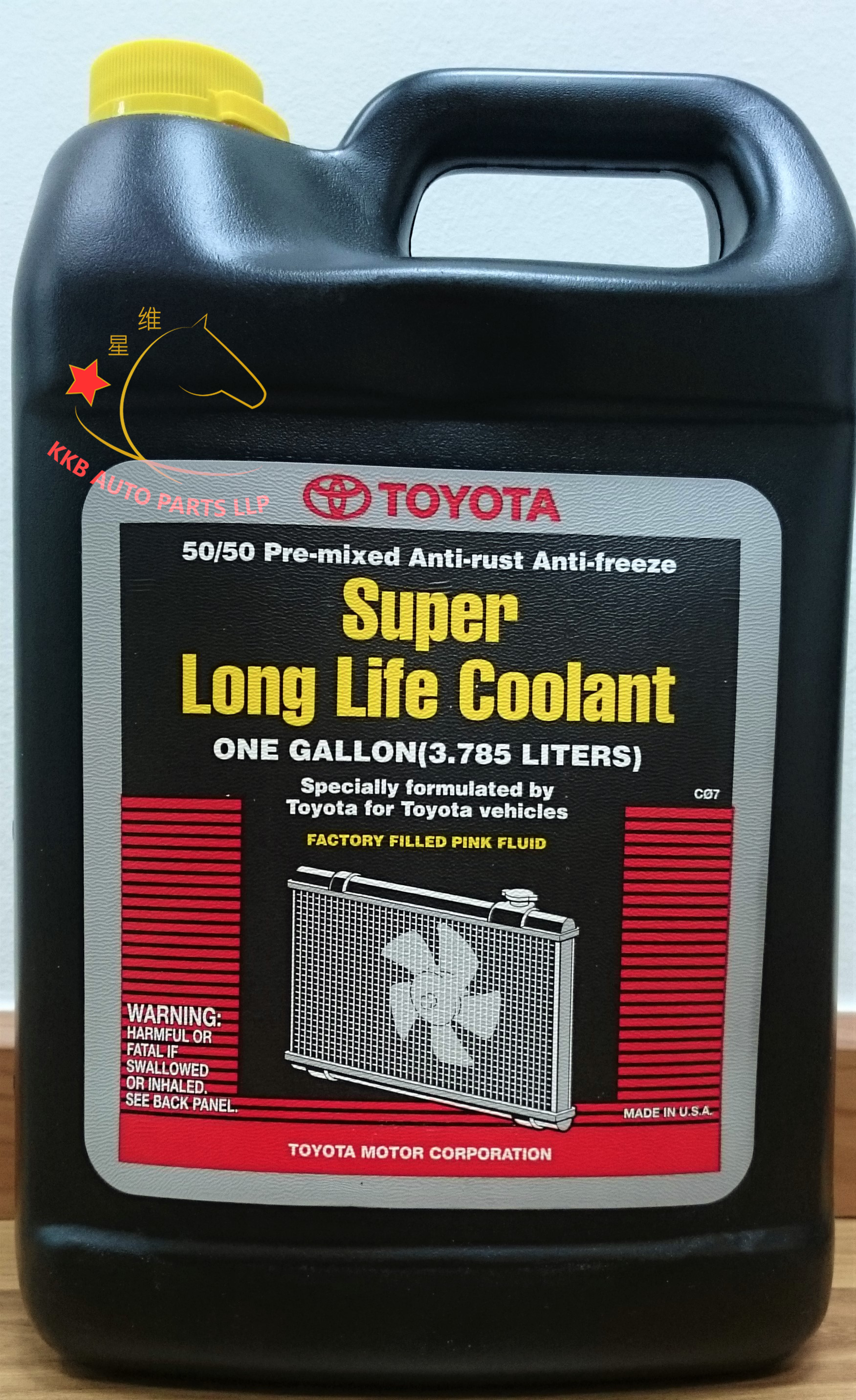

And to this very day auto parts stores still don't any antifreezes with the same hybrid OAT chemistry as Toyota Long Life Coolant (i.e.
#Does toyota super long life coolant have silicates free
Whereas Toyota has had silicate free antifreeze since 1987, there isn't a single person on this forum that could buy a silicate free antifreeze at NAPA, Pep Boys or any other auto parts store until the mid-1990's when the Dexcool coolants came out.

It's not merely a low silicate antifreeze. Toyota Long Life Antifreeze is 100% silicate free. You want the best heat rate that the coolant can supply, so flushing is that best way to insure this I still agree with 90's of manufactures, racers, etc that a flushing is needed to clear passages, channels of dropout and contaminants. This has been around for years since it was developed for diesels then propagated to cars. I.e the genuine Toyota Toyota Long Life Coolant antifreeze they developed way back in 1987 - years before any American antifreeze company offered a silicate free antifreeze.Īlso low silciate anti-freeze was developed before 1987. Take home lesson: The Toyota/Lexus factory engineers know what's best for Toyota vehicles Just the radiator was drained and refilled once a year with a 50/50 mix of genuine Toyota Long Life Coolant and distilled water.Īlso, look at how cool my '92 Toyota pickup runs after 428,000 miles using a 50/50 mix of genuine Toyota Long Life Coolant and distilled water The engine block has never been drained either. The radiator and cooling system of my 16 year old Corolla with 238,000 miles has never been flushed and it's crystal clean to this day. Use regular coolant and never flush, better have towing on insurance.įlushing is not needed because genuine Toyota Long Life Coolant is silicate free. This is a HUGE deal in diesels (which I own). I have seen people say that all the time, then they have coolant issues. Also, flushing IS needed since you will have coolant drop-out unless Lexus Long life is low silicates (which it is not).


 0 kommentar(er)
0 kommentar(er)
